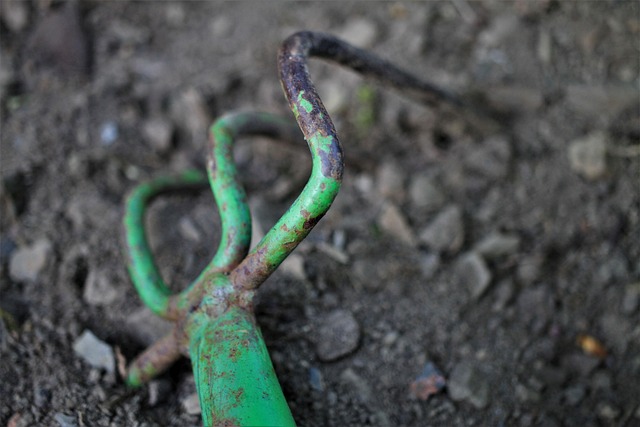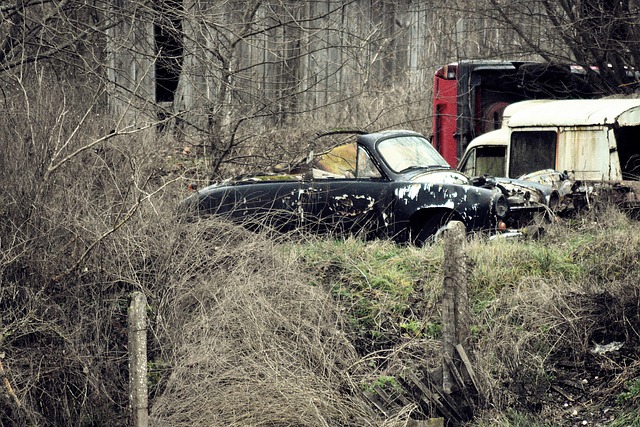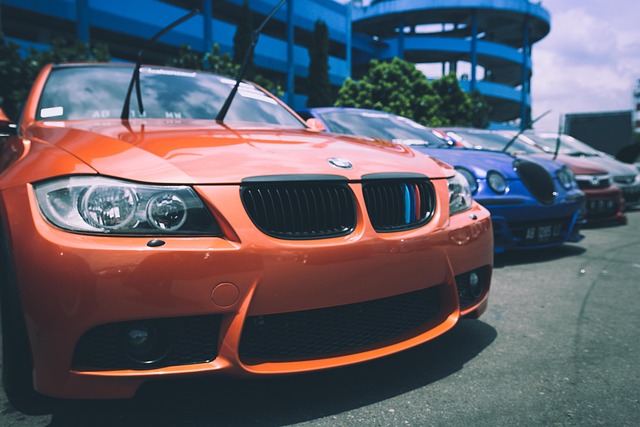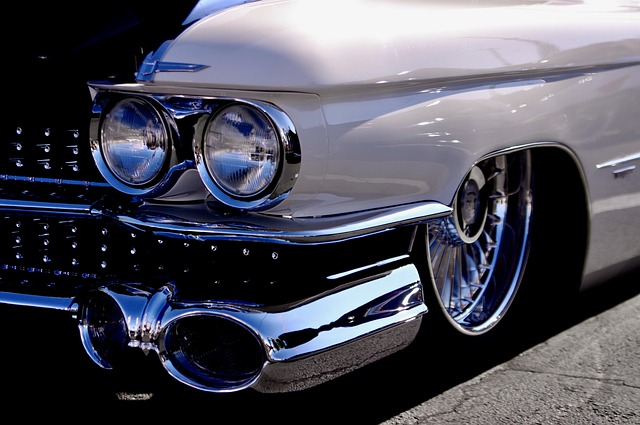Restoring Classic Cars: Collision Repair Guide for Vintage Vehicles
Assessing and preparing a vintage vehicle for collision repair requires specialized knowledge due to…….
Vintage vehicle collisions, an intriguing aspect of the automotive world, refer to the preservation, restoration, and occasional reconstruction of classic or antique cars that have sustained damage or been involved in accidents. This niche sector combines historical automotive craftsmanship with specialized repair techniques to bring these time-honored vehicles back to life. The market for vintage vehicle collision services has evolved significantly, attracting enthusiasts, collectors, and those seeking to preserve a piece of motoring history. This article aims to provide an extensive overview, exploring various facets of this fascinating industry, its global impact, and the challenges it faces.
Vintage vehicle collision, or vintage car restoration, is a meticulous process that involves repairing and restoring classic cars to their former glory. These vehicles, often dating back several decades, require specialized knowledge and techniques due to their unique construction, limited availability of parts, and historical significance. The core components of this process include:
The concept of vintage vehicle collision has deep roots in automotive history. The post-World War II era saw a surge in classic car enthusiasts who sought to preserve their beloved vehicles. As these cars grew older, specialized restoration techniques emerged to address the unique challenges posed by their age. Over time, the industry evolved, attracting professionals and amateurs alike, each contributing to the rich tapestry of vintage car restoration practices.
Vintage vehicle collision is a global phenomenon, with enthusiasts and restorers spread across continents. The international market is characterized by a mix of regional specialties and a shared passion for automotive history. Key trends include:
| Region | Trend | Description |
|---|---|---|
| North America | Classic Muscle Car Revival | Restorers are increasingly focusing on iconic 1960s and 70s American muscle cars, bringing them back to life with modern safety upgrades. |
| Europe | Historic Racing’s Impact | Many European restorers cater to the needs of historic racing teams, ensuring vehicles meet strict competition standards while retaining their vintage charm. |
| Asia | Traditional Craftsmanship Meets Modern Technology | Asian restorers blend traditional methods with modern tools, offering unique interpretations of classic designs. |
The vintage vehicle collision market is a specialized segment within the broader automotive industry. Key dynamics include:
Investing in vintage vehicles for collision purposes has become a lucrative venture for many. Here are some investment strategies:
Technology plays a pivotal role in modern vintage vehicle collision practices:
The future holds immense potential for technological integration:
The legal landscape surrounding vintage vehicle collision varies across regions:
Policymakers play a crucial role in shaping the industry:
Despite its allure, the vintage vehicle collision industry faces several challenges:
Addressing these issues requires a multi-faceted approach:
This renowned museum showcases a meticulously restored collection of American classics. Their collision restoration team focuses on historical accuracy and uses advanced technology for precision repairs. By preserving these vehicles, they offer visitors an immersive journey through automotive history, attracting enthusiasts and families alike.
Specializing in Japanese vintage cars, this company has gained international recognition. They combine traditional handcrafts with modern tools, restoring vehicles to their original glory while incorporating subtle design touches that meet contemporary tastes. Their success lies in blending cultural heritage with innovative techniques.
Euro Classics has established itself as a leader in European vintage car restoration. Their case studies demonstrate the intricate process of reviving iconic models, from detailed inspections and part sourcing to final assembly and testing. They also offer consultation services, helping clients understand the intricacies of restoring their cherished vehicles.
The vintage vehicle collision industry is poised for significant growth:
Restorers and businesses should focus on:
Vintage vehicle collision is a captivating aspect of the automotive world, blending history, craftsmanship, and technological innovation. From its global impact and economic significance to the challenges it faces, this industry continues to evolve and captivate enthusiasts worldwide. As technology advances and market trends shift, restorers must adapt to ensure the preservation of motoring history for future generations.
Q: How do I know if a vintage car is worth restoring?
A: Conducting thorough research on the vehicle’s make, model, and historical significance is crucial. Assess its condition, consult experts, and consider market demand to determine its value and potential as a restored classic.
Q: Are there any legal requirements for restoring a vintage car?
A: Yes, regulations vary by region. Most countries require registered vehicles, and some may mandate emissions testing or specific safety standards, especially if the restoration changes the vehicle’s original characteristics.
Q: Can I learn to restore classic cars on my own?
A: While it’s possible to learn basic restoration techniques, formal training is highly recommended for advanced work. Restoring vintage vehicles requires a unique blend of skills and knowledge that can be best acquired through specialized courses or apprenticeship programs.
Q: How do I find authentic parts for my vintage car restoration?
A: Building relationships with classic car dealers, specialty shops, and collector networks is beneficial. Online forums and databases dedicated to vintage car part sourcing can also be valuable resources.
Q: Are vintage vehicle collisions environmentally friendly?
A: While the industry promotes preserving automotive history, some aspects may have environmental implications. Restorers are increasingly adopting sustainable practices, using eco-friendly materials, and promoting responsible disposal of waste materials to minimize their ecological footprint.

Assessing and preparing a vintage vehicle for collision repair requires specialized knowledge due to…….

Preserving originality is key in vintage vehicle collision repairs, aiming to maintain historical va…….

Restoring vintage vehicles after a collision requires specialized skills, historical accuracy, and a…….

Vintage vehicle collision repairs require specialized knowledge and skills due to the intricate desi…….

TL;DR: Before transporting a vintage vehicle for repairs after a vintage vehicle collision, conduct…….

Transporting a vintage vehicle for repairs requires meticulous care, including a thorough inspection…….

Classic car owners need specialized vintage vehicle collision insurance to protect their valuable co…….